Wildfires can spread rapidly with little warning. Learn how to protect your home and family with proper preparation and response strategies.
Canada sees ~8,000 wildfires annually, burning ~2 M ha on average, with the 2023 season hitting a record 18.5 M ha and displacing 185,000–232,000 people
Floods are among the most common natural disasters. Even shallow water can be dangerous. Learn how to stay safe during flood emergencies.
Canada faces over 10 major floods per decade, each causing over C$100M in damages and widespread disruption.
Earthquakes strike without warning. Knowing what to do can save your life and help you recover faster.
Canada sees 60–100 earthquakes yearly. Most are minor, but some cause damage and pose risks to communities.
Winter storms can bring heavy snow, freezing rain, and extreme cold. Being ready in advance keeps you safe and warm.
Canada faces 15–40 winter storms each year. Some cause minor issues, while others lead to outages, hazardous travel, and health risks.
Tornadoes can strike with little warning, causing devastating damage. Knowing what to do can save your life.
Canada sees 60–100 tornadoes annually, mainly from May to September, causing damage, flipped vehicles, and dangerous debris.
Hurricanes bring destructive winds, storm surges, and flooding. Advance preparation is crucial for coastal safety.
Hurricanes and post-tropical storms strike Canada every 5–10 years, mostly in Atlantic provinces, causing strong winds, flooding, and damage.
Droughts develop slowly but can have devastating impacts on water supplies, agriculture, and ecosystems. Proactive measures are essential.
Canada faces major droughts every 3–5 years, mainly in the Prairies, leading to water shortages, crop losses, wildfires, and rising food costs.
Landslides are fast-moving masses of rock, soil, or debris that rush down slopes, often earthquakes.They can reach speeds over 35.
Landslides are rapid movements of rock, soil, or debris down slopes, causing severe damage to landscapes and structures.
Extreme heat can be deadly, especially for vulnerable populations. Proper preparation and response can prevent heat-related illnesses.
Extreme heat are prolonged periods of excessive heat, often combined with high humidity, that can cause heat exhaustion, heat stroke, and death.
Wildfires can spread rapidly with little warning. Learn how to protect your home and family with proper preparation and response strategies.
Canada sees ~8,000 wildfires annually, burning ~2 M ha on average, with the 2023 season hitting a record 18.5 M ha and displacing 185,000–232,000 people
Floods are among the most common natural disasters. Even shallow water can be dangerous. Learn how to stay safe during flood emergencies.
Canada faces over 10 major floods per decade, each causing over C$100M in damages and widespread disruption.
Earthquakes strike without warning. Knowing what to do can save your life and help you recover faster.
Canada sees 60–100 earthquakes yearly. Most are minor, but some cause damage and pose risks to communities.
Winter storms can bring heavy snow, freezing rain, and extreme cold. Being ready in advance keeps you safe and warm.
Canada faces 15–40 winter storms each year. Some cause minor issues, while others lead to outages, hazardous travel, and health risks.
Tornadoes can strike with little warning, causing devastating damage. Knowing what to do can save your life.
Canada sees 60–100 tornadoes annually, mainly from May to September, causing damage, flipped vehicles, and dangerous debris.
Hurricanes bring destructive winds, storm surges, and flooding. Advance preparation is crucial for coastal safety.
Hurricanes and post-tropical storms strike Canada every 5–10 years, mostly in Atlantic provinces, causing strong winds, flooding, and damage.
Droughts develop slowly but can have devastating impacts on water supplies, agriculture, and ecosystems. Proactive measures are essential.
Canada faces major droughts every 3–5 years, mainly in the Prairies, leading to water shortages, crop losses, wildfires, and rising food costs.
Landslides are fast-moving masses of rock, soil, or debris that rush down slopes, often earthquakes.They can reach speeds over 35.
Landslides are rapid movements of rock, soil, or debris down slopes, causing severe damage to landscapes and structures.
Extreme heat can be deadly, especially for vulnerable populations. Proper preparation and response can prevent heat-related illnesses.
Extreme heat are prolonged periods of excessive heat, often combined with high humidity, that can cause heat exhaustion, heat stroke, and death.

From everyday safety tips to essential survival tools, we help you take control before disaster strikes.